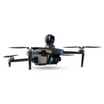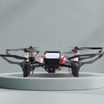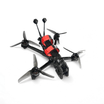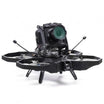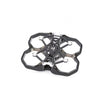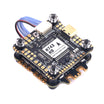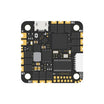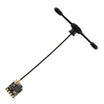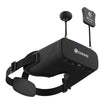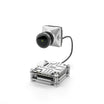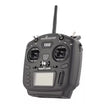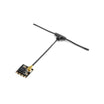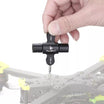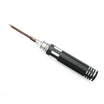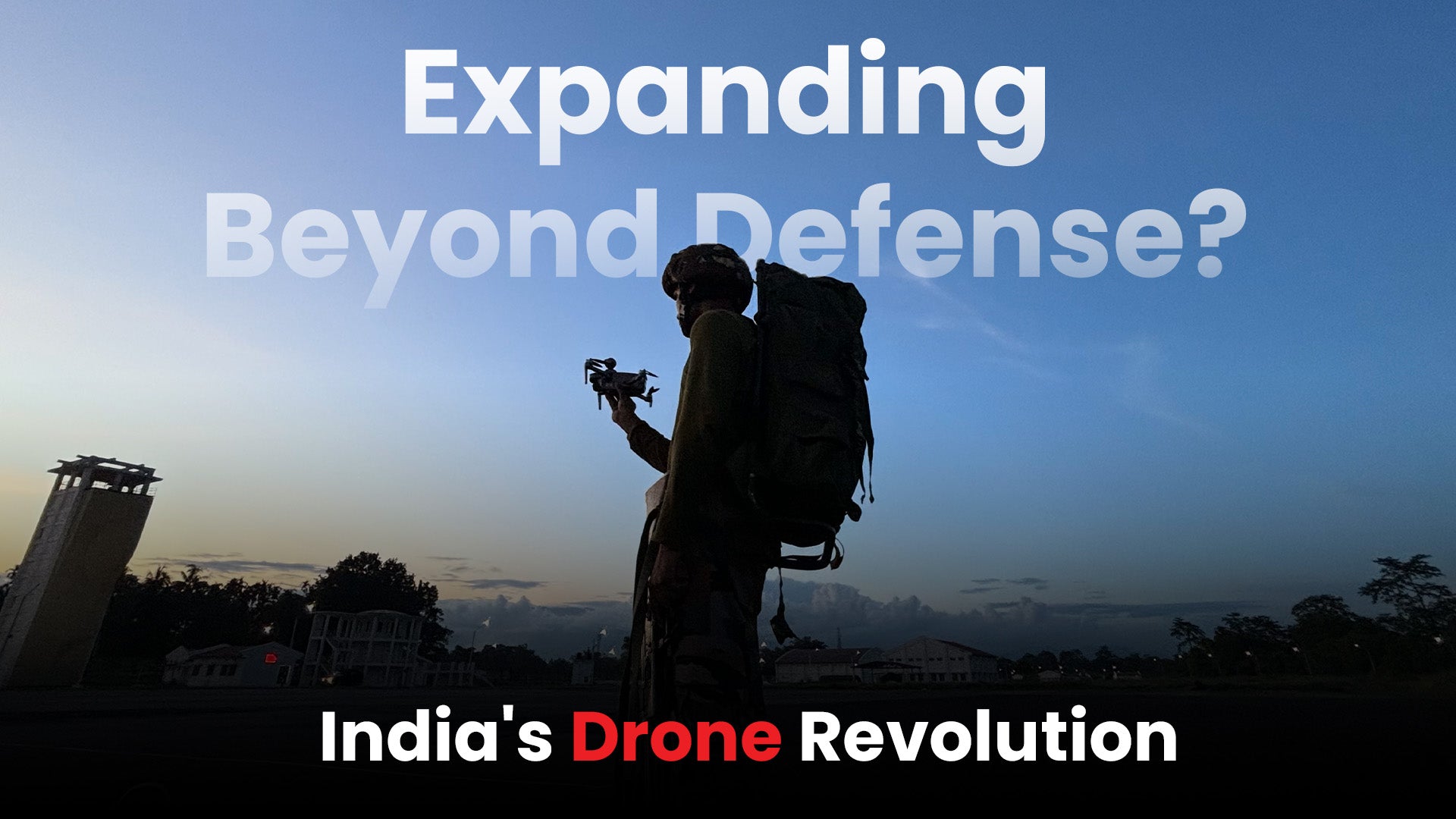Drones, also known as unmanned aerial vehicles (UAVs), are transforming public safety and security measures worldwide. With a population of over 1.4 billion and a varied topography, drones have emerged as essential tools for safeguarding citizens and ensuring security. They are vital for homeland security, disaster relief, and law enforcement due to their capacity to provide aerial viewpoints, access difficult locations, and carry out duties precisely.
Let's explore how drones are influencing public safety in India.
Understanding the Need for Drones in Public Safety
India's vast geography and socio-economic complexities pose unique challenges for public safety. Traditional methods of monitoring and managing emergencies often fall short due to:
- Difficult Terrain: Mountains, forests, and dense urban landscapes can be hard to navigate.
- High Population Density: Monitoring crowded areas is labor-intensive and prone to human error.
- Limited Resources: Law enforcement and emergency services often face a shortage of personnel and technology.
Drones address these gaps by offering advanced capabilities like real-time surveillance, rapid deployment, and enhanced situational awareness.
Applications of Drones in India's Public Safety and Security
Crime Prevention and Law Enforcement
Drones enhance law enforcement capabilities by providing an aerial view of large areas. They assist in:
Crowd Monitoring: Drones keep an eye on crowds during protests, rallies, and festivals in order to spot possible hazards and direct ground crew.
Search Operations: In isolated or dimly lit places, thermal imaging drones are useful in finding fugitives or missing people.
Traffic Management: Aerial surveillance ensures smoother traffic flow and identifies violators.
Disaster Management and Emergency Response
India frequently experiences natural calamities like landslides, earthquakes, and floods. Disaster management is being revolutionized by drones by:
Evaluating Damage: High-resolution cameras provide detailed visuals of affected areas, aiding rescue planning.
Delivering Supplies: In areas that are inaccessible, drones provide food and medicine to trapped people.
Finding Survivors: Drones equipped with sensors are able to identify people in isolated locations or under the debris.
Border Security and Anti-Terrorism Efforts
India's extensive borders require constant vigilance. Drones play a vital role in:
Monitoring Infiltration: Equipped with night vision and thermal sensors, drones detect unauthorized movements along borders.
Combating Terrorism: Real-time intelligence from drones supports anti-terrorism operations and reduces risks to personnel.
Surveillance of Sensitive Areas: Strategic locations such as military bases and industrial hubs are monitored efficiently using UAVs.
Also read: Successful drone missions in defence .
Environmental Protection and Forest Safety
Illegal activities such as deforestation, poaching, and encroachments are pressing concerns. Drones assist in:
Forest Monitoring: Aerial views help track forest health and illegal activities.
Wildlife Conservation: Drones monitor wildlife populations and prevent poaching.
Pollution Control: UAVs detect air and water pollution sources, enabling timely action.
Also read: How drones are impacting our daily lives.
Technological Advancements in Drones for Public Safety
Drones have evolved significantly, making them more effective in public safety roles. Key advancements include:
High-Resolution Cameras: For detailed aerial imaging and live feeds.
Thermal and Infrared Sensors: Ideal for night operations and locating heat signatures.
AI and Machine Learning: Enable drones to identify patterns, track objects, and predict threats.
Swarm Technology: Multiple drones operate together, covering larger areas and enhancing efficiency.
Challenges and Solutions in Deploying Drones
Drone deployment in public safety has drawbacks despite its advantages, including:
Regulatory Obstacles: Strict drone operation regulations can delay deployment.
- Solution: Simplifying and updating drone policies while ensuring safety compliance.
Cost of Technology: The maintenance of expensive drones can put a burden on finances.
- Solution: Promoting indigenous manufacturing to reduce costs.
Cybersecurity Risks: Data leaks and hacking are possible with drones.
- Solution: Implementing robust encryption and secure communication protocols.
Government Initiatives to Promote Drone Usage
The Indian government has recognized the potential of drones and introduced initiatives to encourage their use in public safety:
- Drone Rules 2021: Streamlined the regulatory framework for drone operations.
- Production-Linked Incentive (PLI) Scheme: Supports local drone manufacturing to reduce dependency on imports.
- Drone Startups: Encouraging startups to innovate and develop customized solutions for public safety.
Success Stories: Drones in Action in India
Kerala's Flood Management
Drones significantly accelerated rescue efforts during Kerala's severe floods by locating stranded people, delivering supplies, and assessing damage.
Kaziranga National Park: Fighting Poaching
By monitoring wildlife and identifying intruders, drones equipped with thermal imaging cameras assisted in lowering the number of poaching events in the park.
COVID-19 Pandemic
Drones were deployed in several cities for crowd surveillance, disinfecting public areas, and delivering medical supplies to containment zones.
Conclusion
Drones are redefining public safety and security in India. From crime prevention and disaster response to border security and environmental protection, their applications are vast and impactful. As technology advances and costs decrease, drones are set to become a cornerstone of India’s public safety strategy.


